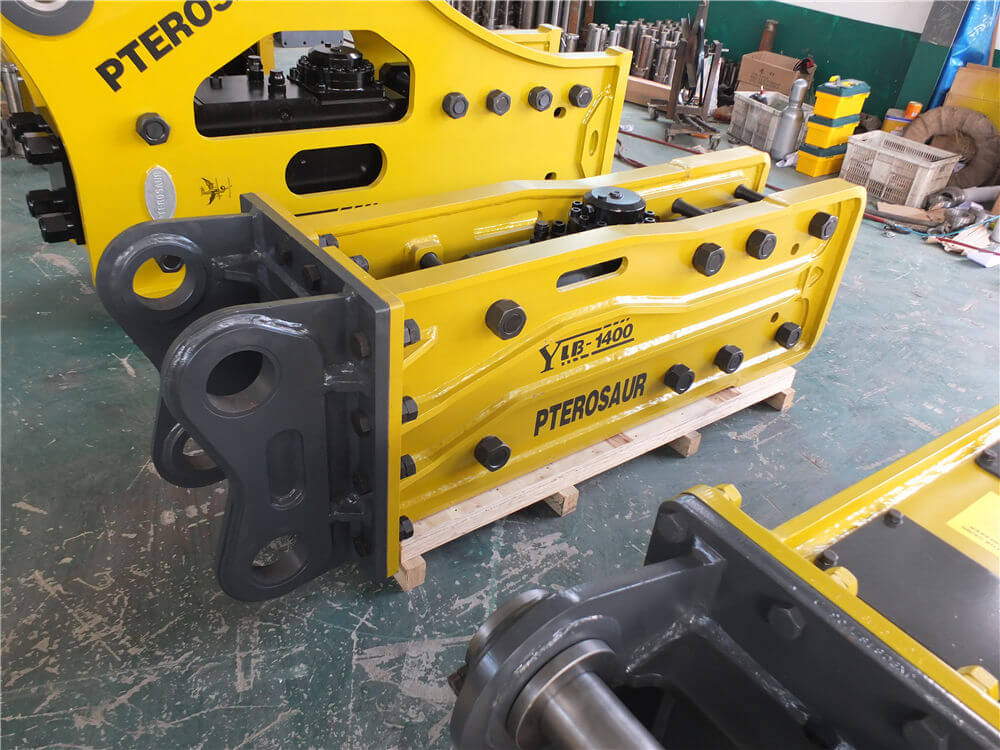Understanding the Hammer Throw: A Key Event in Track and Field
The hammer throw is a dynamic and exciting event within the realm of track and field athletics. As one of the four primary throwing disciplines—alongside the discus throw, shot put, and javelin—it combines strength, technique, and precision. This article will explore the fundamentals of hammer throwing, the equipment used, and the significance of this event in athletics.
What is Hammer Throwing?
Hammer throwing involves athletes throwing a heavy weight, referred to as a “hammer,” which is attached to a grip by a steel wire. The objective is to throw the hammer as far as possible while adhering to specific rules regarding technique and foot placement. The event requires not only raw strength but also a refined technique, as athletes must spin and release the hammer in a manner that maximizes distance.
Equipment Used in Hammer Throwing
The equipment used in the hammer throw is crucial for both performance and safety. Here are the primary components:
-
The Hammer: Typically composed of a heavy steel head attached to a wire and a grip, the hammer’s weight can vary based on the athlete’s category. For men, the standard weight is 7.26 kg (16 lbs), while for women, it is 4 kg (8.8 lbs). Various suppliers, such as DiMarco Athletic and Gill Athletics, provide high-quality hammers designed for durability and performance.
-
Hammer Cages: These are safety structures that protect spectators and officials from errant throws. It’s essential that these cages are built to comply with safety regulations to avoid accidents, as highlighted by tragic incidents in the past.
-
Training Equipment: Athletes often utilize specific training tools, such as javelin training devices and jump ramps, to strengthen their throwing skills and improve their technique. Brands like Nordic Sport and On Track & Field offer a variety of training accessories that aid in developing a competitive edge.
Safety Considerations
Safety is paramount in the hammer throw, especially considering the potential dangers posed to spectators. Incidents in which a thrown hammer has caused injury or fatalities underline the importance of proper safety measures. Events are conducted within enclosed areas, and thorough protocols are followed to ensure the safety of everyone involved.
The Competitive Scene
The hammer throw is featured prominently in various competitions, from high school meets to international championships. Athletes train rigorously to improve their distance and technique, often competing against the clock as well as their peers. The event not only showcases individual talent but also fosters a team spirit among athletes.
Conclusion
The hammer throw is a thrilling and complex event in track and field athletics. It combines strength, precision, and safety protocols to create an exciting spectacle for both competitors and spectators. With high-quality equipment from reputable suppliers like DiMarco Athletic and Gill Athletics, athletes can train effectively and push the boundaries of their performance. As the sport continues to evolve, the hammer throw remains a cornerstone of track and field competitions around the world.
Whether you are a seasoned athlete or a newcomer to the sport, understanding the nuances of the hammer throw can enhance your appreciation for this remarkable athletic discipline.




































